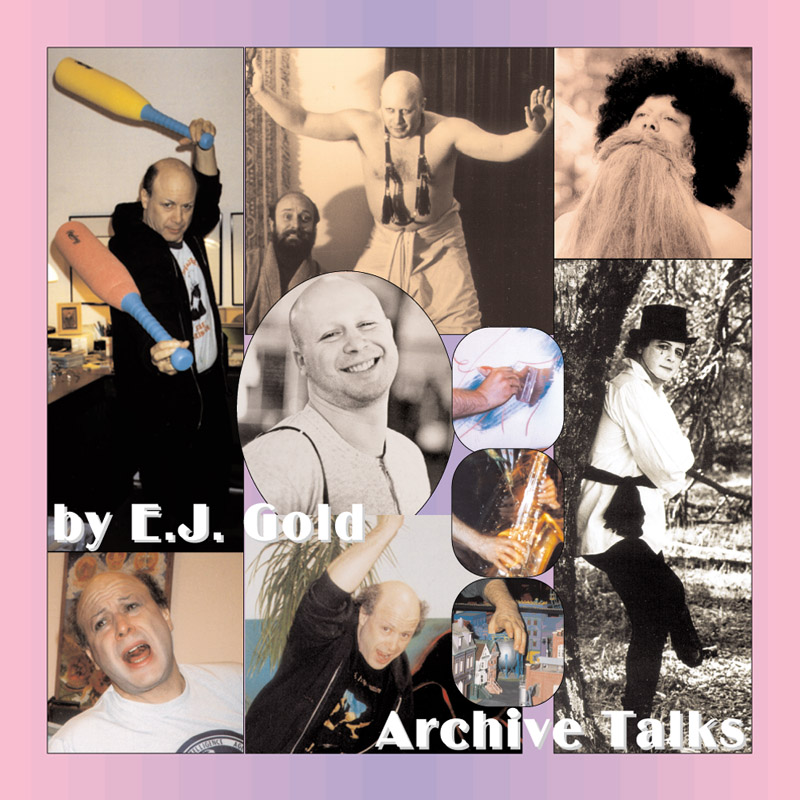

CDT261
DSM III & Enneatypes
Warriors
Synopsis
The talk explores the relationship between modern psychiatric classifications, particularly the DSM-III and DSM-IV, and the Enneagram of Personality. The speaker analyzes how personality disorders are categorized within the DSM framework and how this relates to the psychological insights provided by the Enneagram system. A key critique is that DSM categories often focus on pathological extremes while the Enneagram provides a continuum of typical human personality structures. Specific disorders such as obsessive-compulsive, paranoid, narcissistic, and borderline personality disorders are discussed in connection with the Enneagram's personality types. The speaker also highlights the limitations of DSM categorizations and the cultural and historical shifts affecting modal personalities.
Summary
The speaker examines the classification of personality disorders within the framework of the DSM-III and its revised editions, juxtaposing these classifications with the Enneagram system and protoanalysis. The role of personality in psychiatry has gained clarity over time, largely driven by diagnostic criteria required for insurance and clinical use. However, DSM classifications tend to define personality disorders as extreme pathological cases, whereas the Enneagram suggests that personality traits exist on a broader spectrum, encompassing both healthy and dysfunctional manifestations.
The lecture systematically compares Enneagram types with DSM categories:
- Obsessive Personality Disorder (Type 1): While well-defined in DSM-III, it has potential overlap with Type 6 due to shared characteristics such as hyper-vigilance and compulsive duty.
- Histrionic Personality Disorder (Type 2): Comparable to the histrionic type but missing historical recognition of subtypes like the "infantile personality."
- Marketing Orientation (Type 3): Surprisingly absent from DSM-III, though prominent in American culture as defined by Erich Fromm.
- Envious Self-Defeating Personality (Type 4): The DSM-III "self-defeating personality" category (later removed) aligns with Type 4, especially when considering psychoanalytic insights on masochism and entitlement.
- Schizoid (Type 5): DSM-III appropriately defines schizoid personality, though it tends to consider only pathological extremes.
- Paranoid and Dependent Personalities (Type 6): The DSM-III splits these into "paranoid," "avoidant," and "dependent" categories, but the Enneagram consolidates them under Type 6, distinguishing between aggressive and passive manifestations.
- Passive-Aggression (Type 9): Not explicitly recognized in DSM-III, but fits within Type 9's conflict-avoidant tendencies.
- Narcissism (Type 7): The DSM narrows narcissism to a specific form, but the Enneagram points to multiple variants, including a more playful and entitled Type 7.
- Antisocial Personality (Type 8): DSM-III’s antisocial category reflects extreme versions of Type 8, though the subtler tendencies toward dominance and aggression are often overlooked.
The speaker also discusses the structure of the Enneagram as a dynamic system, contrasting it with DSM’s static categorization. The Enneagram highlights the underlying emotional drivers (such as pride, envy, and fear) and illustrates transformative processes. Various cultural trends are explored, such as the evolution of modal personalities in American society from Type 1 (Puritanical) to Type 3 (Marketing Orientation) and a later rise in Type 7 (Playful Strategist).
Keywords & Key Phrases
- Enneagram of Personality
- Protoanalysis
- DSM-III personality classification
- Marketing Orientation
- Hysterical vs. Histrionic Personality
- Obsessive Personality and Reaction Formation
- Self-Defeating Personality
- Suspicious Personality
- Schizoid vs. Schizotypal
- Paranoid Character and Repression of Tenderness
- Passive-Aggressiveness as Indolence
- Avoidant vs. Dependent Personality
- Cultural Shifts in Modal Personality
- Borderline and Envious Personality
- Lusty Antisocial Type
- Megalomaniac Narcissism
- Historical Evolution of Character Typologies
- Deficiency Motivation in Personality
- Psychological Defense Mechanisms across Types
Graphic Prompt
A detailed academic illustration depicting an interwoven comparison of the DSM-III diagnostic categories and the Enneagram of Personality. The image should feature an abstract, circular Enneagram diagram overlaid with clinical psychiatric notes, diagnostic labels, and hand-drawn psychological portraits symbolizing various personality types. The background should evoke the atmosphere of an old psychiatric manuscript fused with dynamic, fluid interconnections between personality types, emphasizing structural relationships. Subtle lighting effects should highlight contrasts between rigid clinical definitions and the fluidity of personal development.



